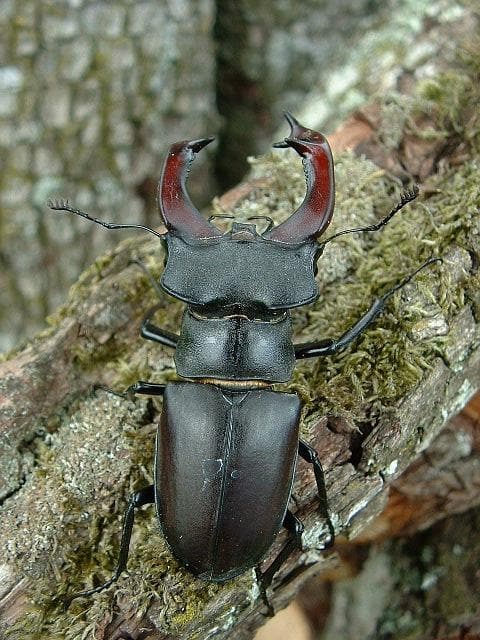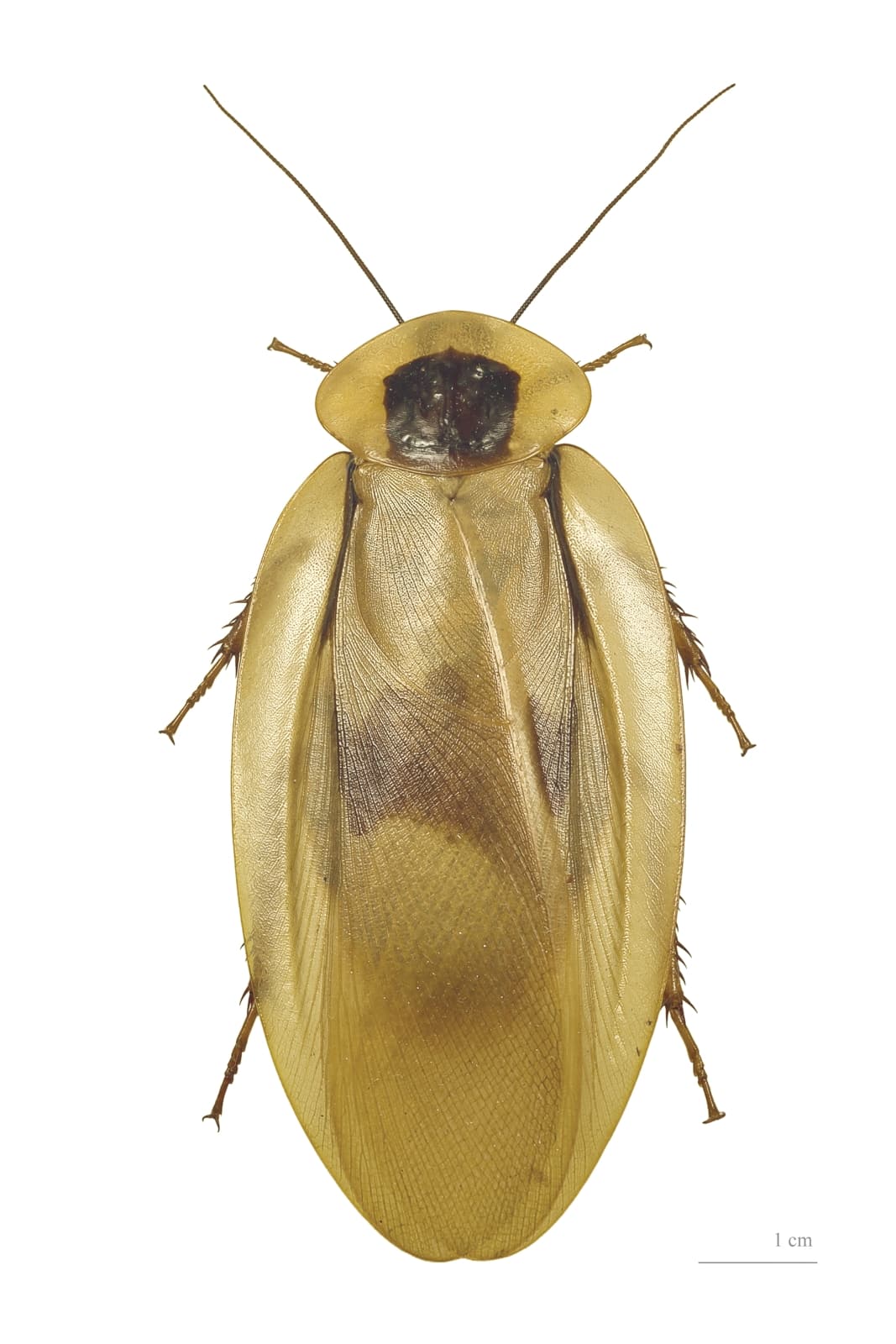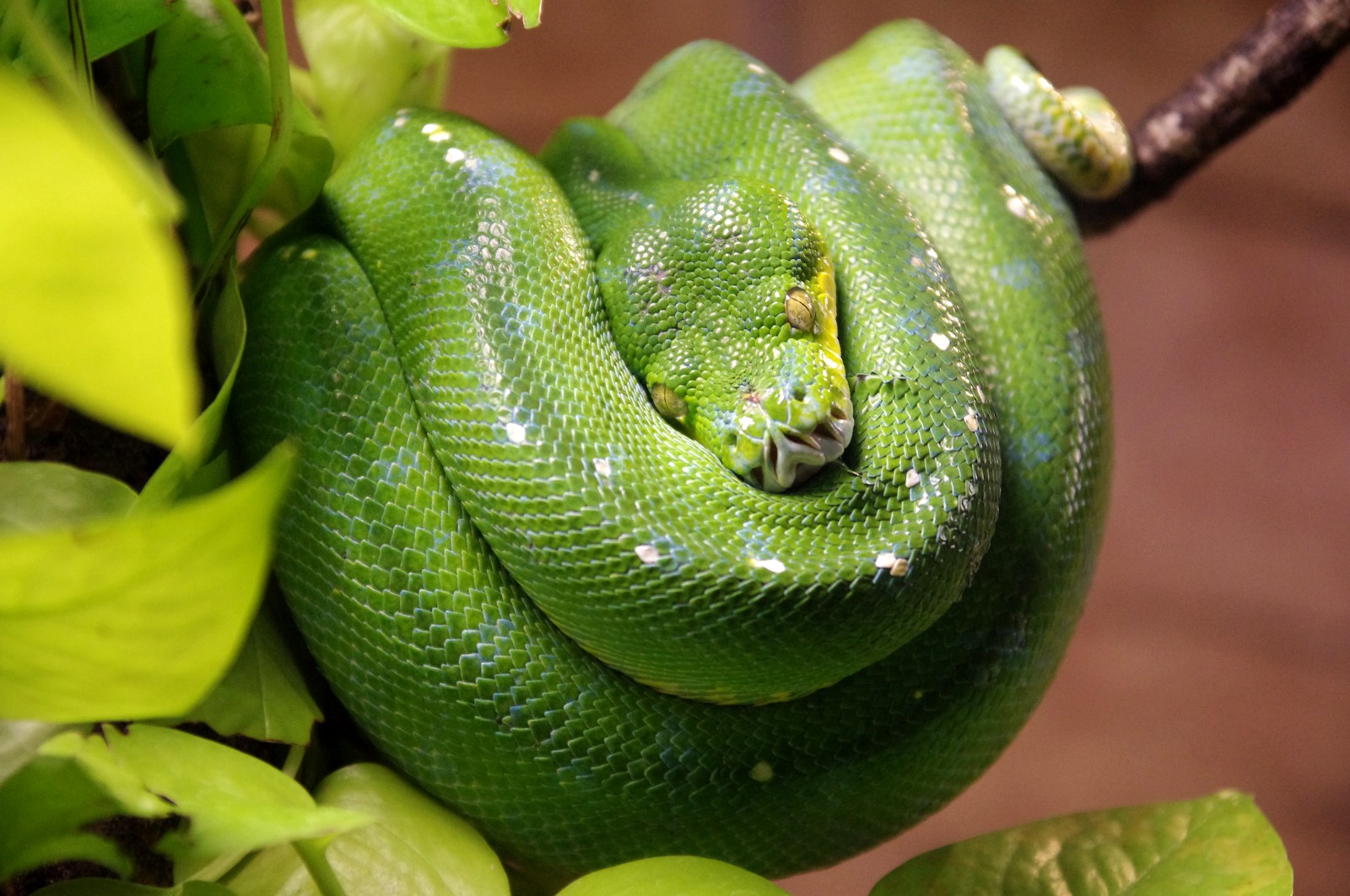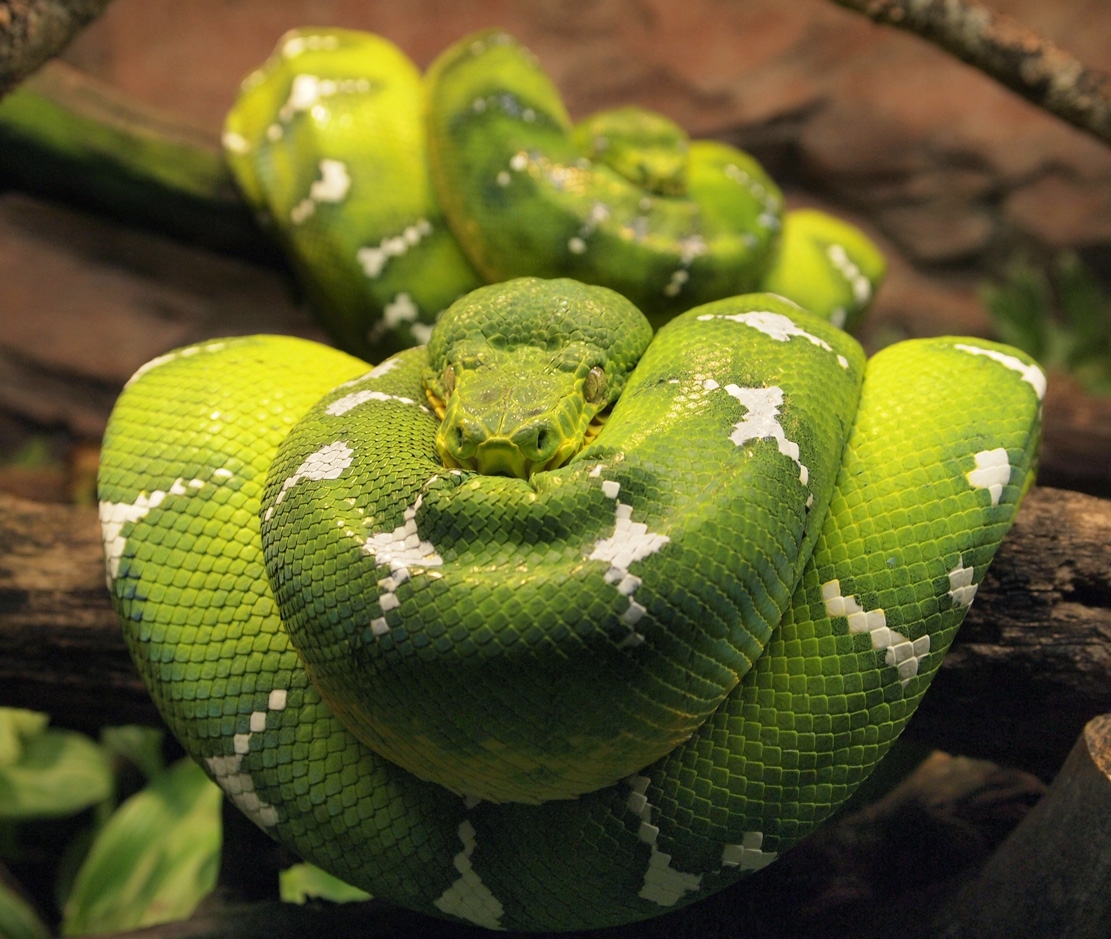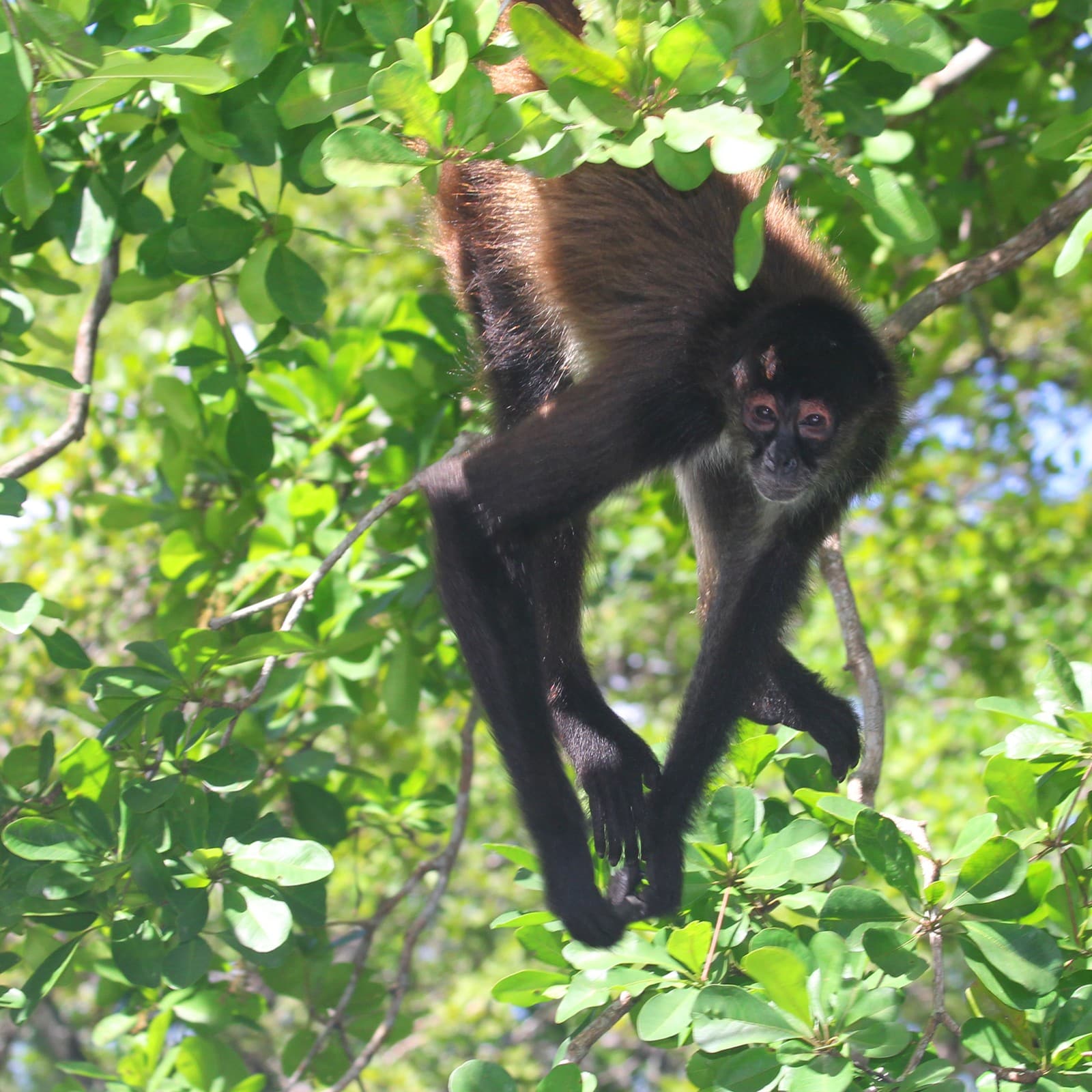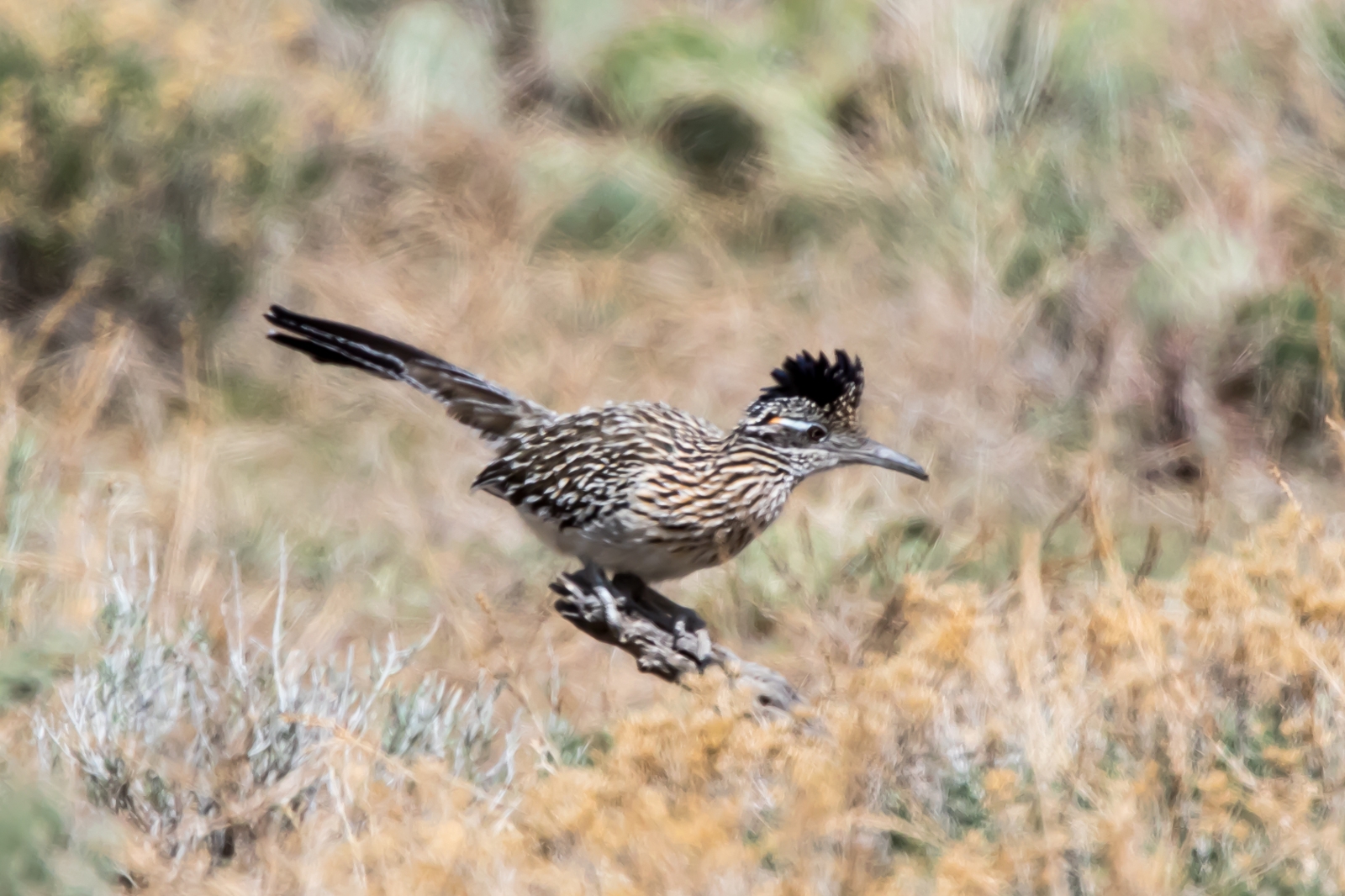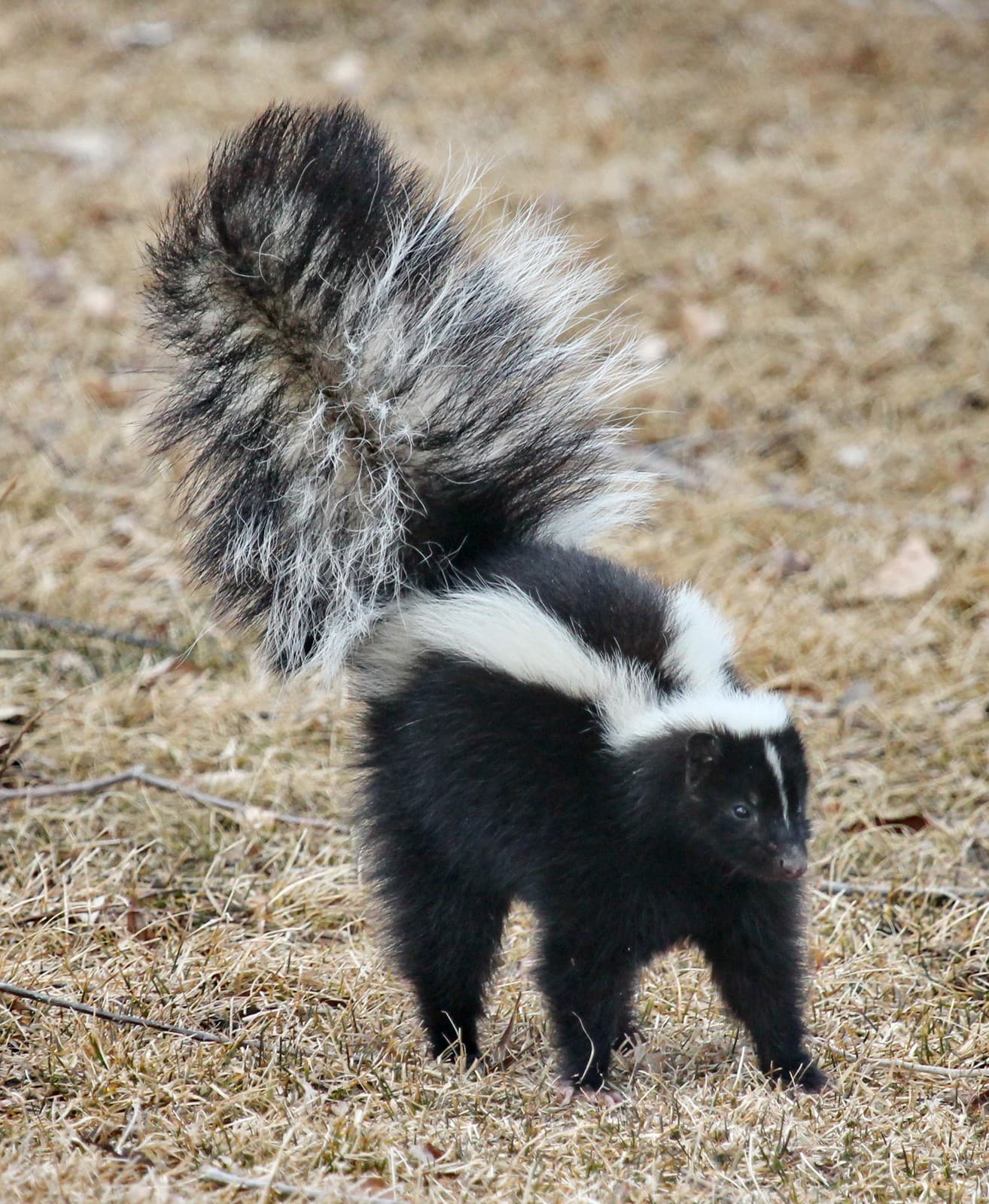Ladybug vs Beetle: A Complete Comparison
While ladybugs are actually a type of beetle themselves, belonging to the family Coccinellidae, there are significant differences between typical ladybugs and other beetle species. The average ladybug measures just 0.3-0.4 inches (7-10mm) in length, while other beetle species can range dramatically from 0.012 inches to 6.7 inches (0.3mm to 17cm). This size variation represents one of the most striking contrasts in the beetle world.
When comparing ladybugs vs beetles, it’s crucial to understand that we’re actually comparing a specialized subfamily to its larger order. Ladybugs evolved specific characteristics that set them apart from their beetle relatives, including their distinctive dome-shaped bodies and warning coloration that helps deter predators.
Visual Comparison
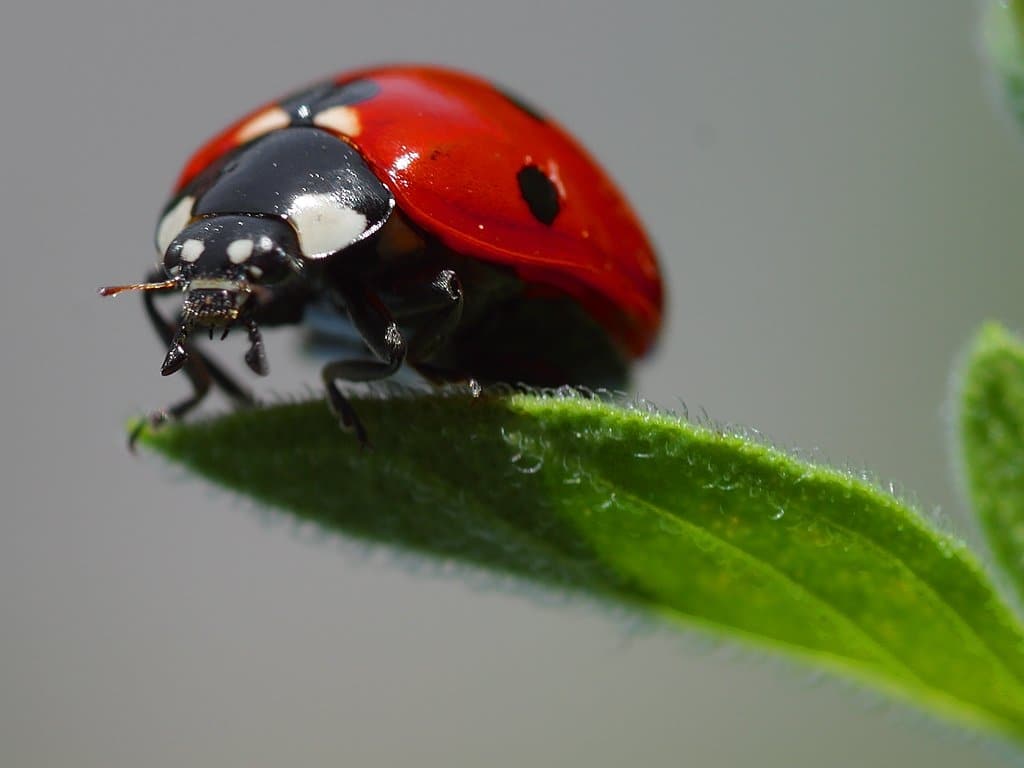
The seven-spotted ladybug (Coccinella septempunctata) displays the classic characteristics that distinguish ladybugs from other beetles: bright warning colors, dome-shaped body, and distinctive spot patterns that serve as defense mechanisms against predators.
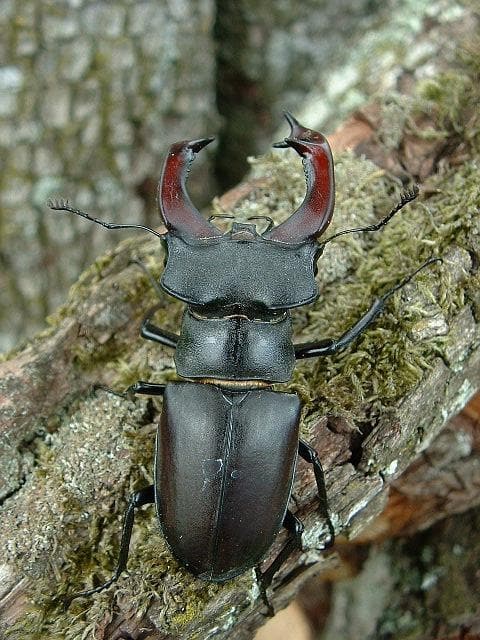
The stag beetle represents the diverse morphology possible within the broader beetle order, showcasing dramatically different features from ladybugs, including impressive mandibles and larger body size typical of many beetle species.
Key Differences: Ladybug vs Beetle
| Feature | Ladybug | Beetle |
|---|---|---|
| Size | 0.3-0.4 inches (7-10mm) | 0.012-6.7 inches (0.3mm-17cm) |
| Color Pattern | Usually red, orange, or yellow with spots | Highly variable, often brown or black |
| Diet | Primarily aphids and soft-bodied insects | Varies by species (herbivorous to carnivorous) |
| Habitat | Gardens, crops, wherever prey insects exist | All terrestrial habitats except polar regions |
| Life Span | 1-2 years | 3 weeks to 30 years depending on species |
| Defense Mechanism | Warning coloration, chemical secretions | Various (camouflage, pincers, chemical sprays) |
Habitat and Distribution
Ladybugs show a more specialized habitat preference, typically found in areas with abundant aphid populations such as gardens, agricultural fields, and meadows. Other beetles, comprising over 400,000 species, have adapted to virtually every terrestrial ecosystem except the polar regions, from desert environments to tropical rainforests.
Behavioral Differences
While ladybugs are primarily known for their aphid-hunting behavior and tendency to congregate in large numbers during winter, other beetle species display a vast array of behaviors. Some, like dung beetles, are essential decomposers, while others like fireflies have evolved bioluminescent courtship displays.
Ecological Impact
Ladybug Impact
- Control aphid populations
- Protect crops naturally
- Indicate ecosystem health
- Support garden biodiversity
General Beetle Impact
- Pollinate plants
- Decompose organic matter
- Control pest populations
- Maintain soil health
- Serve as food sources for other wildlife
Conservation Status
Most ladybug species maintain stable populations, though some native species face pressure from introduced varieties. The broader beetle order includes numerous endangered species, particularly among larger species like stag beetles and certain rhinoceros beetles, primarily due to habitat loss and collection for the pet trade.
Which Is More Beneficial to Gardens?
While both groups play vital ecological roles, ladybugs generally provide more direct benefits to gardeners. A single ladybug can consume up to 5,000 aphids during its lifetime, making them exceptional natural pest controllers. However, many other beetles contribute to garden health through pollination and soil improvement.
Frequently Asked Questions
Are ladybugs actually beetles?
Yes, ladybugs are a specialized family within the order Coleoptera (beetles), characterized by their distinctive appearance and predatory behavior.
Which lives longer: ladybugs or other beetles?
Most ladybugs live 1-2 years, while other beetle species can live anywhere from a few weeks to several decades, with some wood-boring beetles living up to 30 years.
Can ladybugs and beetles bite humans?
While both can pinch if handled roughly, neither group typically causes significant harm to humans. Larger beetles may deliver more noticeable pinches with their mandibles.
Which is more beneficial for pest control?
Ladybugs are generally more beneficial for pest control in agricultural and garden settings due to their specialized diet of crop-damaging insects like aphids.
